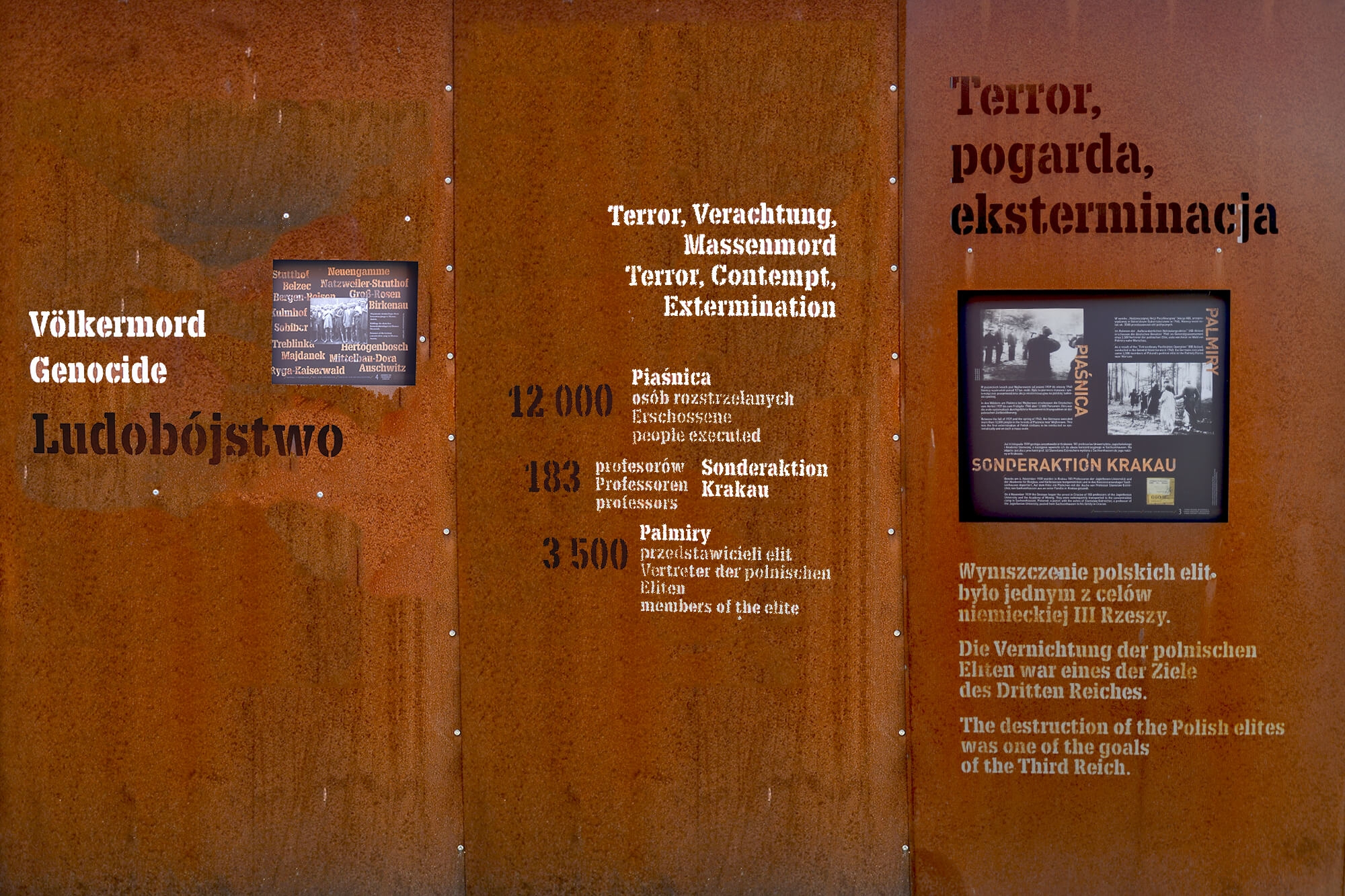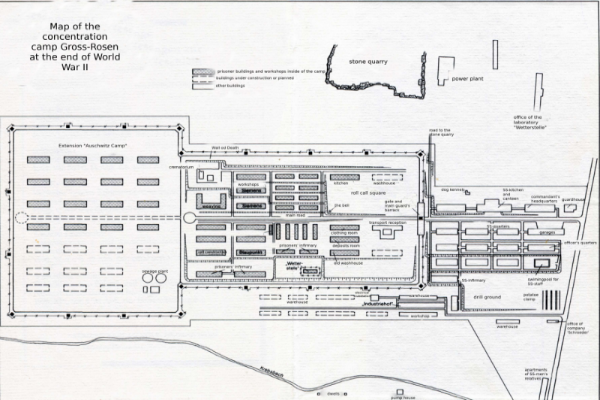Courage and
reconciliation
-
The National Socialist´s racial ideology
In the 1920s and 30s the division of people into racially motivated categories was quite commonly spread. Drawing from that theory the National Socialists developed their racial ideology. According to their ideology different races have different value and it says that the German race (“Aryan”) is the most valuable. To prevent the German race from “impurity” the National Socialists enacted the Nuremberg Racial Laws in 1935 which among other things prohibited marriage between “Aryans” and “Non-Aryans”. The “non-Arian” category included Roma, Sinti, the Slavic „subhuman” and Jews, who the National Socialists defined as a “hostile” race – not as a religious community. People with disabilities or incurable health issues were also seen as a danger to the purity of the Arian race. This racial ideology led to the exclusion and later to euthanasia and genocide of the aforementioned social groups.
-
The National Socialist´s concentration and extermination camps
The first concentration camps in Germany have been established in 1933. During the first few years political enemies of the National Socialists were held in these camps followed by certain groups of society which according to their racial ideology were found to be endangering the German race. Following the outbreak of the Second World War the concentration camps became places of systematical murder. In 1941/42 the extermination camps Auschwitz-Birkenau, Belzec, Kulm, Majdanek, Sobibor and Treblinka were established on Polish territory occupied by Germany. In these camps European Jews, Roma, as well as Polish and Soviet prisoners of war were systematically murdered. Concentration and extermination camps were established to eliminate political opponents, murder millions of people, exploit people through forced labour, perform pseudo-medical experiments on human beings and to intern prisoners of war.
-
Groß-Rosen concentration camp
The Gross-Rosen concentration camp in Lower Silesia is one of the less known concentration camps and was established in 1940 as a sub-camp of the Sachsenhausen concentration camp located to the north of Berlin. Since 1941 the camp had its own administration. About 100 sub-camps were part of the Gross-Rosen concentration camp - several of them were located not far from Kreisau/Krzyżowa. The prisoners, mainly victims of political or racial persecution from Poland or the Soviet Union, were forced to work in quarries, mines or for the arms industry. In total, it is estimated that 120.000 - 125.000 people have been imprisoned in Gross-Rosen between 1940 and 1945. About 40.000 of them were murdered or died because of the exceedingly difficult conditions of labour and detention.
Source: Isabell Sprenger (1996): "Groß-Rosen. Ein Konzentrationslager in Schlesien", Köln Weimar Wien: Böhlau Verlag. Made available by the Museum Gross-Rosen Museum in Rogoźnica. Translated into English language.




